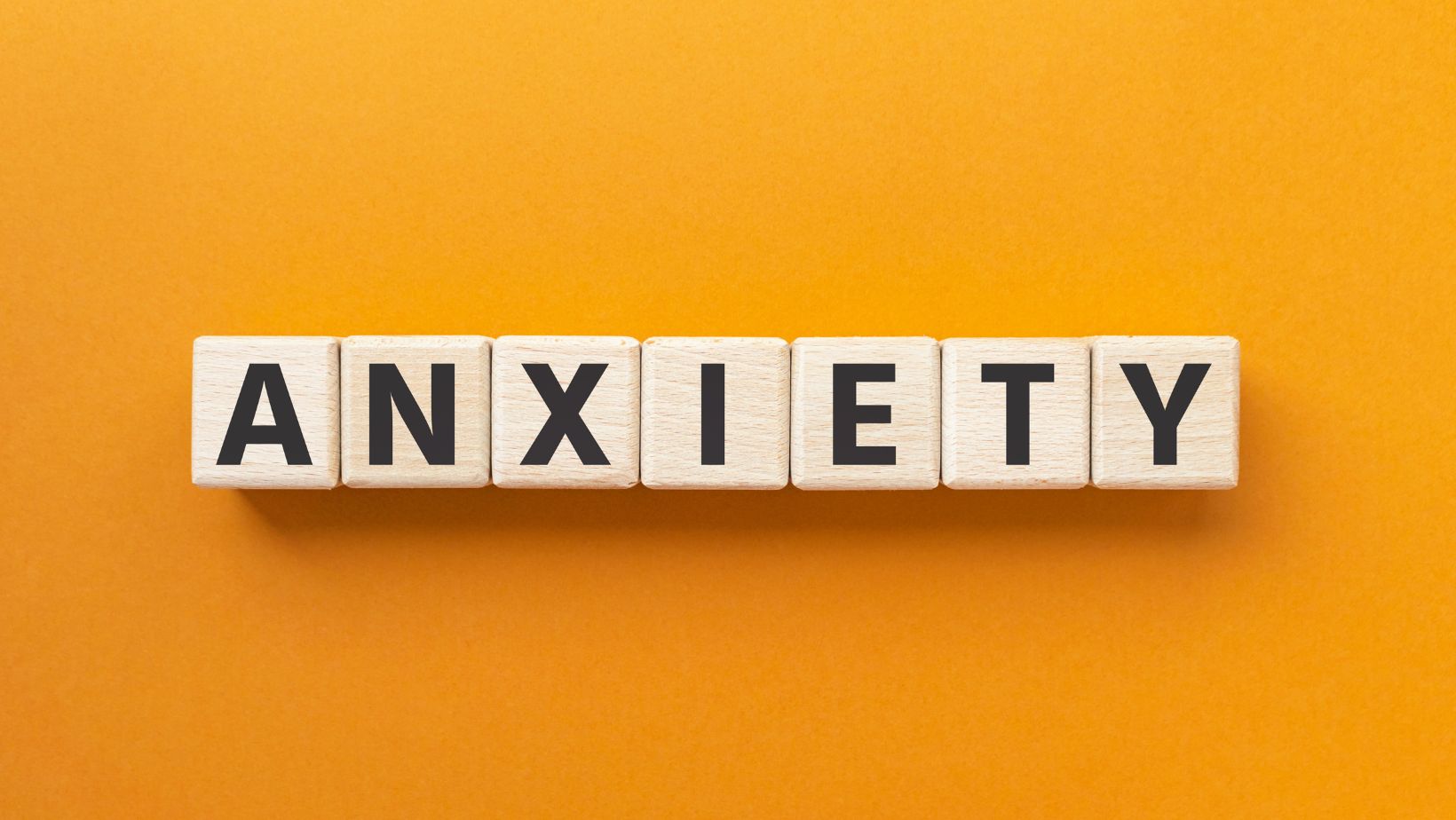Anxiety disorders can have a profound impact on a person’s daily life, affecting their thoughts, emotions, and behaviors. As someone who has experienced anxiety firsthand, I understand the importance of gaining a deeper understanding of these disorders. In this article, I’ll be delving into the various types of anxiety disorders, shedding light on their unique characteristics and symptoms. Whether you’re personally dealing with anxiety or simply seeking to expand your knowledge, this article aims to provide a comprehensive overview of different anxiety disorders.
When it comes to anxiety disorders, it’s crucial to recognize that there isn’t a one-size-fits-all approach. Each type of anxiety disorder presents its own set of challenges and requires specific strategies for management. In this article, I’ll be sharing my expertise on the various types of anxiety disorders, including generalized anxiety disorder (GAD), panic disorder, social anxiety disorder, and more. By understanding the distinctions between these disorders, you can better identify and address the specific anxieties that may be impacting your life or the lives of others.
An Immediate and Irrational Anxiety Response to The Mere Sight of Blood is Indicative of
Anxiety is a common and natural response to stressful situations or perceived threats. It is a feeling of unease, apprehension, or worry that can manifest both mentally and physically. As someone who has personally experienced anxiety, I understand the impact it can have on daily life.
Here are a few key points to understand about anxiety:
- Normal and Adaptive: Anxiety is a normal human emotion that serves as a survival mechanism. It alerts us to potential dangers and helps us prepare for them. In certain situations, anxiety can be adaptive, pushing us to take action and protect ourselves.
- Different from Anxiety Disorders: While anxiety is a normal response, anxiety disorders are characterized by excessive and persistent anxiety that interferes with daily functioning. These disorders can include generalized anxiety disorder (GAD), panic disorder, social anxiety disorder, and specific phobias, among others.
- Physical and Psychological Symptoms: Anxiety can manifest in various ways, both physically and psychologically. Physical symptoms may include rapid heartbeat, sweating, trembling, shortness of breath, and gastrointestinal issues. Psychological symptoms may include excessive worry, restlessness, irritability, difficulty concentrating, and sleep disturbances.
- Causes and Triggers: Anxiety disorders can have a combination of genetic, environmental, and psychological factors. Traumatic life events, chronic stress, family history of anxiety, and imbalances in brain chemistry are some of the potential contributors to the development of anxiety disorders.
- Treatment and Management: Effective treatment for anxiety disorders often involves a combination of therapy, medication, and lifestyle changes. Cognitive-behavioral therapy (CBT), relaxation techniques, exercise, and stress management strategies are commonly used to manage anxiety symptoms.

Generalized Anxiety Disorder (GAD)
Generalized Anxiety Disorder (GAD) is one of the most common anxiety disorders, affecting millions of people worldwide. As someone who has personally dealt with GAD, I understand the challenges that come with this condition. In this section, I’ll provide an overview of GAD, including its unique characteristics, symptoms, and management strategies.
GAD is characterized by excessive and persistent worry about a wide range of everyday concerns. Individuals with GAD often find it difficult to control their worrying, which can interfere with their daily functioning and quality of life. Some common worries associated with GAD include work, health, finances, and relationships. It’s important to note that the worries experienced by individuals with GAD are often disproportionate to the actual threat or situation.
Panic Disorder
Panic disorder is an anxiety disorder characterized by recurrent and unexpected panic attacks. These attacks are intense episodes of fear and discomfort that come on suddenly and reach their peak within minutes. As someone who has personally experienced panic attacks, I can attest to the overwhelming and distressing nature of these episodes.
During a panic attack, individuals may experience a range of physical and psychological symptoms. These can include a racing heart, shortness of breath, chest pain, dizziness, trembling, sweating, and a sense of impending doom. It’s important to note that panic attacks can occur without any apparent trigger, making them even more challenging to manage.
Conclusion
Understanding different types of anxiety disorders is crucial for individuals who may be experiencing symptoms of anxiety or those who want to support loved ones who are struggling. By recognizing the unique characteristics, symptoms, and management strategies associated with specific anxiety disorders, individuals can take appropriate steps towards seeking help and finding effective treatment.
Throughout this article, I have highlighted the importance of distinguishing between various anxiety disorders and seeking appropriate support. By understanding the physical and psychological symptoms of anxiety, as well as the potential causes and triggers, individuals can gain insight into their own experiences and find validation in knowing that they are not alone.


